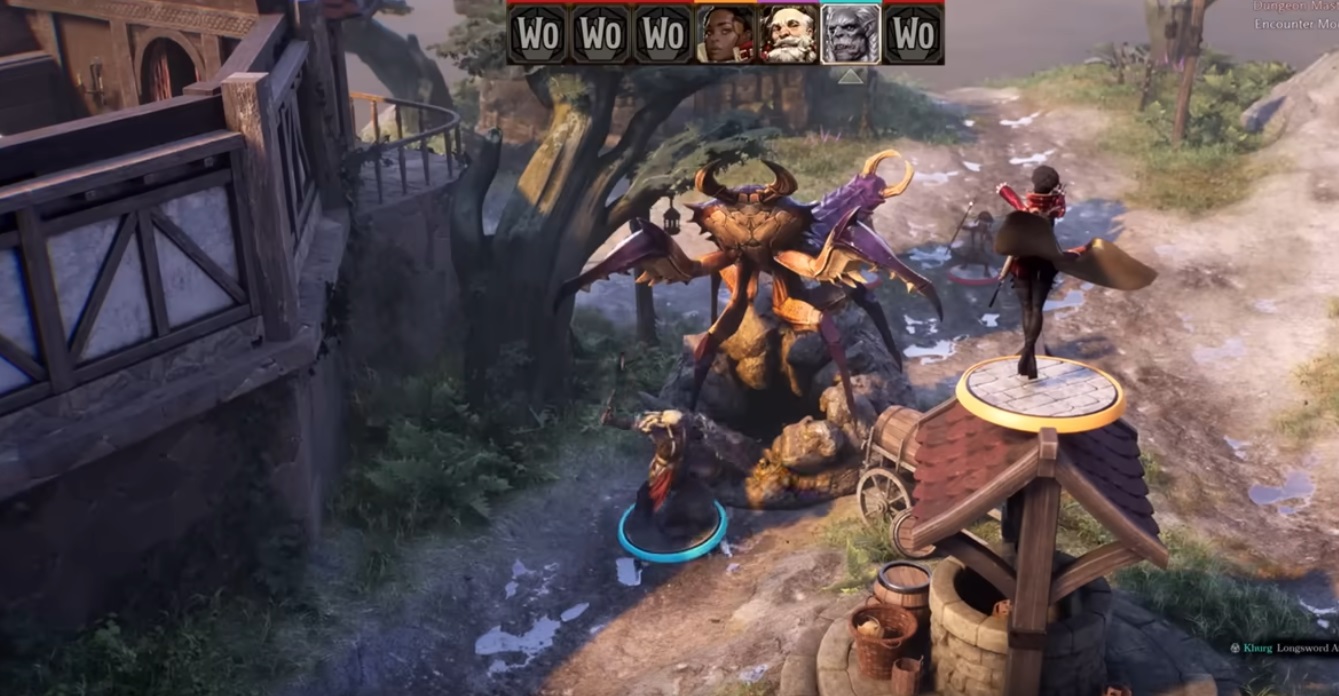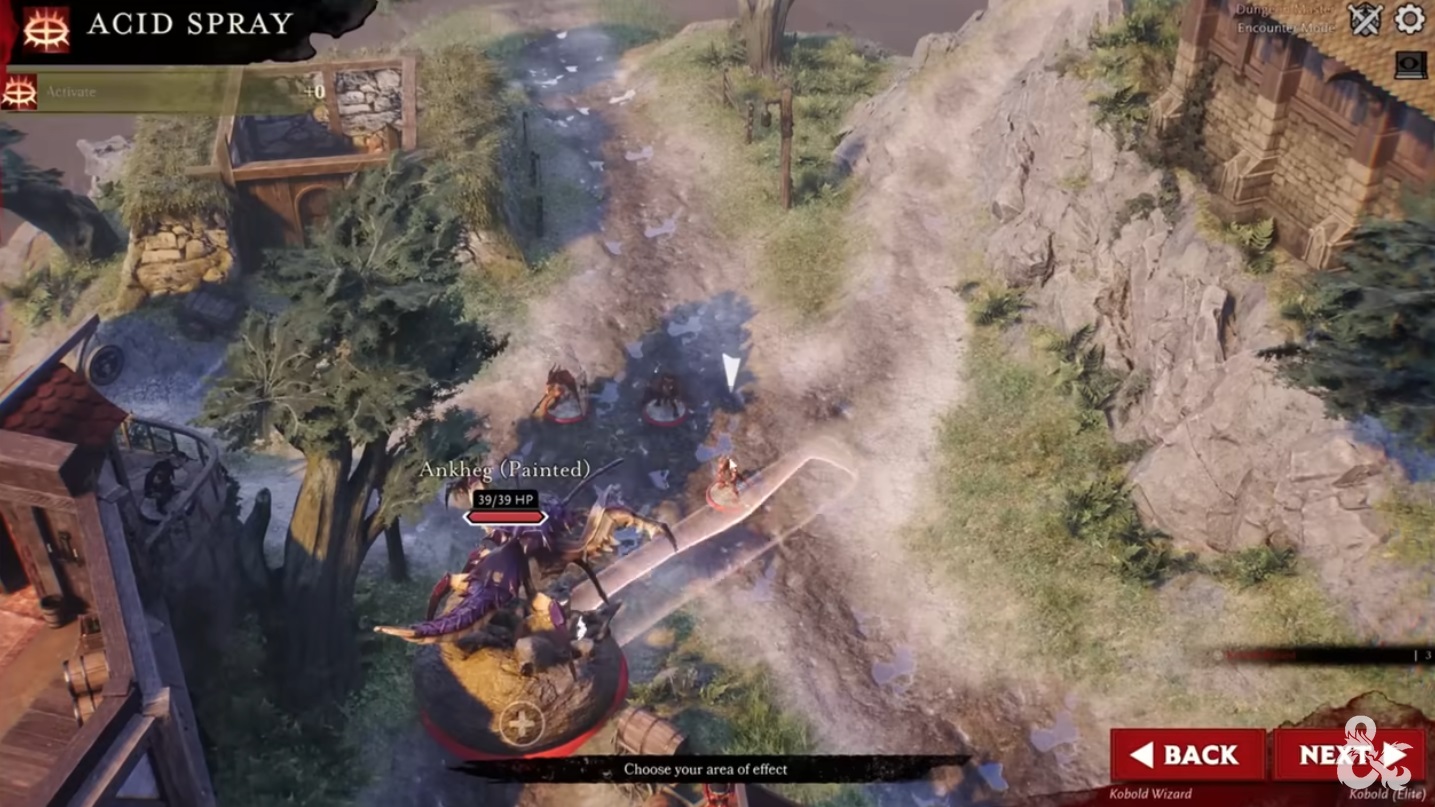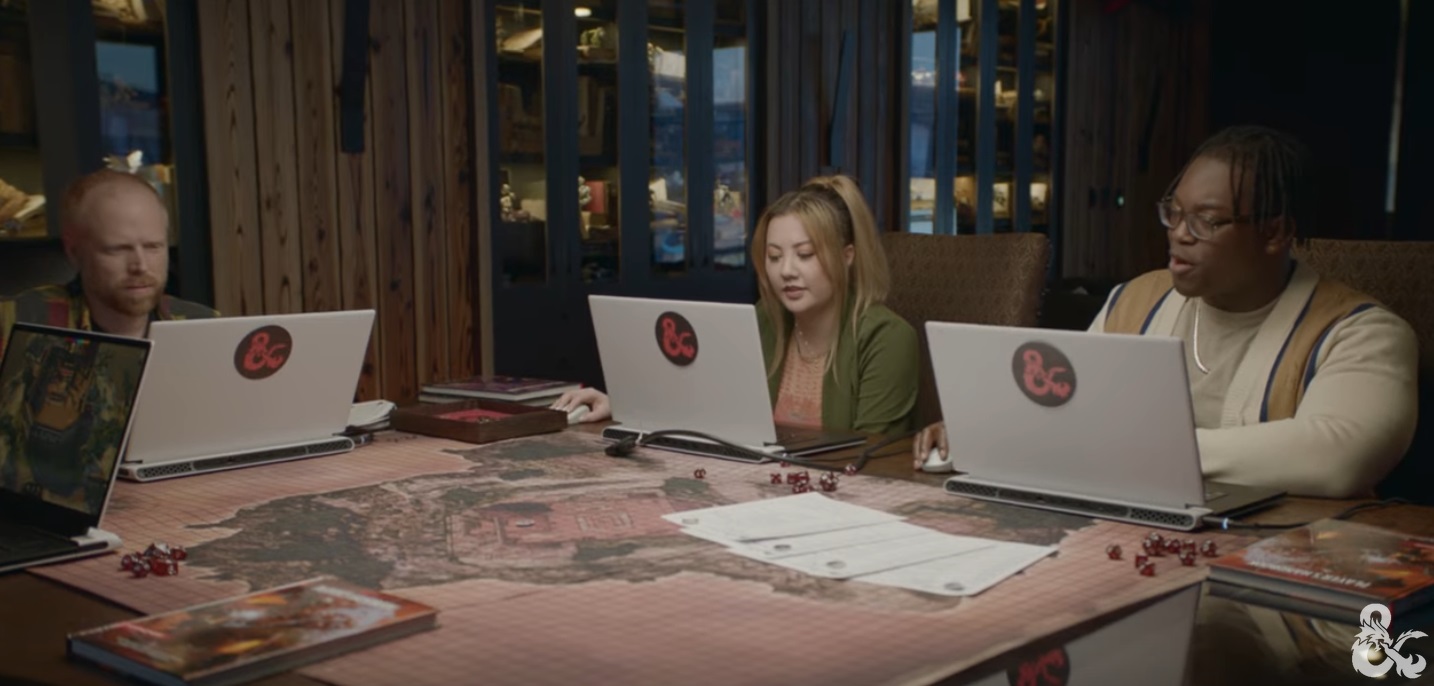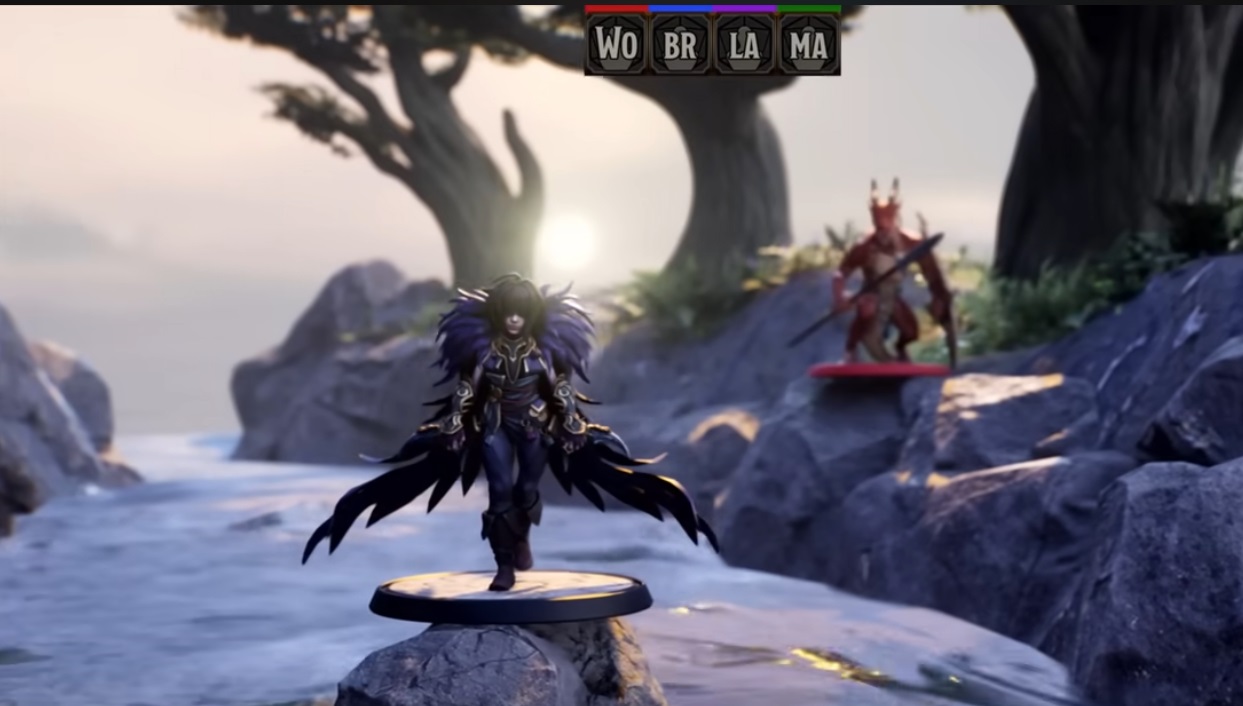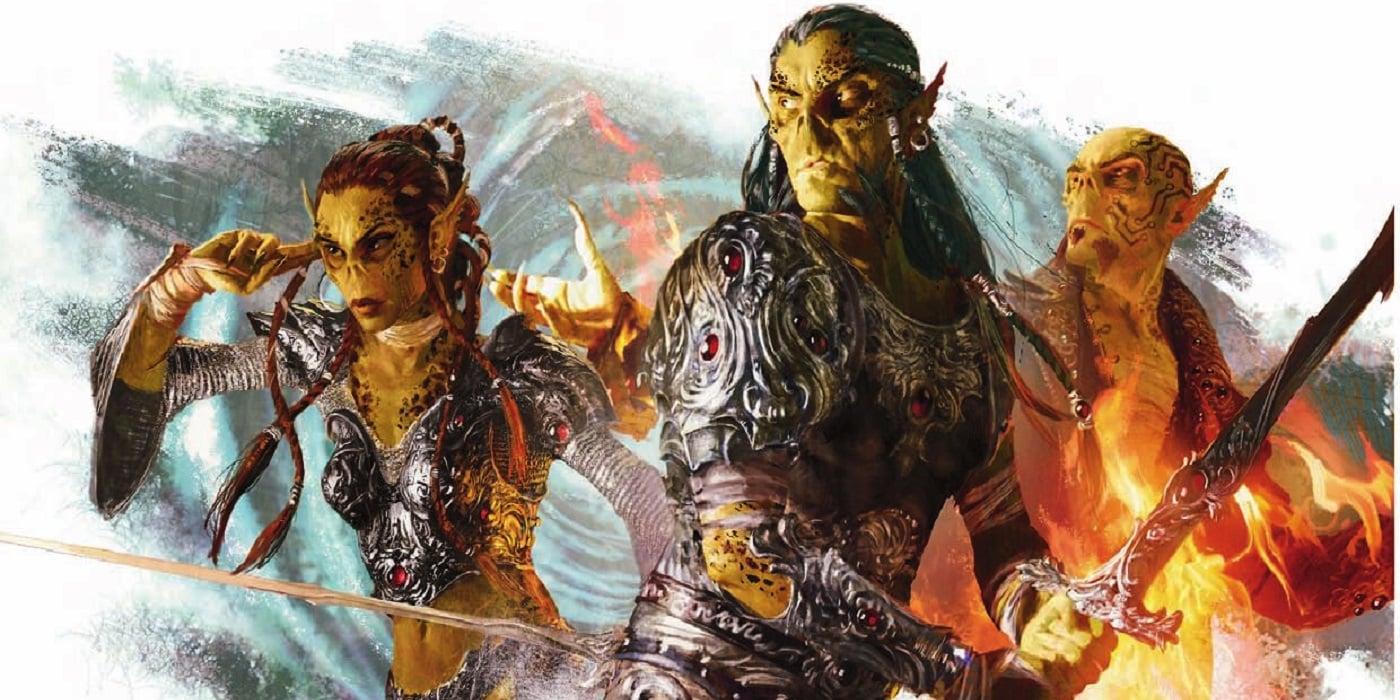WotC Unveils Official D&D Virtual Tabletop – Take a Closer Look
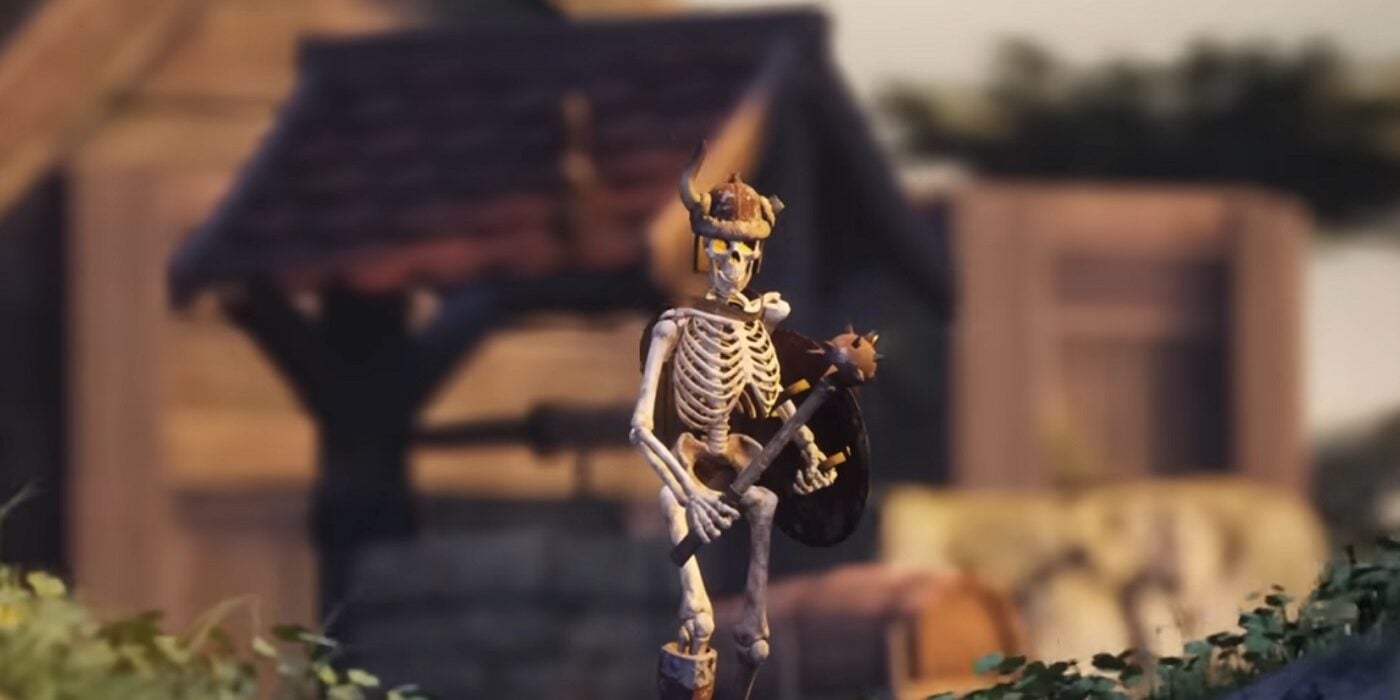

D&D’s new virtual tabletop is, for better or worse, the future of the game. And here’s a closer look at what WotC has planned.
Virtual tabletops are all the rage these days, and with good reason. Not only are they a convenient way to get together with distant friends and play RPGs without being limited by space, they’re also a great way to not have to put on pants. Or, y’know, risk your health by going out in public in the middle of a pandemic. And the early years of the COVID-19 pandemic saw a boom in VTT usage.
From established platforms like Roll20 and Foundry to newer entrants like Astral and TaleSpire, there are a lot of them out there. And with D&D being “under-monetized” according to WotC’s CEO, it’s only logical that Wizards of the Coast would want to get in on that action.
Especially after acquiring D&D Beyond in 2022. That hundred-million-dollar investment continues to be the digital future of D&D. As of now we’ve seen WotC roll out new compendiums and previews of adventures. And with the virtual tabletop, announced last year and shown off in a little more detail at this year’s D&D Direct, D&D Beyond has a new function: funneling users to D&D’s VTT.
What we’ve seen so far has been a 3D-style virtual platform that makes use of the Unreal 5 engine. But the look we got in the video linked above isn’t the only one. Over on D&D Beyond, we get a closer look at what awaits in the platform.
D&D’s New Virtual Tabletop – Unreal 5 and 3D Animations
Now, before we dive in, you might recall the OGL fiasco from earlier this year. WotC earned the ire of much of its community after attempting to revoke the OGL 1.0, but another big part of the community pushback came from their “VTT policy” which would ban features like animation from anyone using OGL material. The argument that “animating a magic missile isn’t D&D” was, weak at best, and the policy has since been dropped.
But in the features list for D&D, it’s clear to see why that was in there. A big part of the D&D Virtual Tabletop platform is in the visual bells and whistles. Animated effects are among the many “embellishments” you can expect from this platform.
As Game Director of the D&D VTT, Kale Sutzman, explains, it’s all about trying to make it “fun in its own way”:
“As we make the VTT, we must recognize that traditional D&D and digital D&D are different. What makes playing in person fun might not translate perfectly to an remote experience. When rolling dice, for example, you can’t beat holding a bunch of dice in your hands, shaking them up, and letting them go on the table! When you play digitally, a lot of that experience is gone, so we added digital-only features to the dice-rolling process to make it fun in its own way, such as animations for critical hits, automatically adding your bonus to rolls and returning the result, becoming part of a roll sequence that is integrated with the rules and fun to watch, etc.”
Now there’s an interesting question posed here. Is there a difference between traditional D&D and “digital D&D”? Can they really be said to be distinct? Or is it just about the tools?
Because once you start relying on visuals, you start losing the campaign. It’s the Dwarven Forge dilemma.
That is to say, Dwarven Forge terrain is some of the most beautiful terrains out there. It’s intricately crafted and wonderfully detailed. But, often times you’ll only have a few pieces of it. So if you rely on every battle map being done in full 3D terrain, your sets and your imagination start to get a little limited.
Features Galore – But at What Cost?
But one of the things the Sutzman and the D&D VTT want to investigate is how to make their experience feel “authentic.” The irony of their video demonstration for this taking place at a D&D table isn’t lost on the viewer.
Still, here’s a look at what the features they’re working on are:
- A Connected 3D Experience: We want players to really feel like they are playing together, so we have created various ways to interact with the 3D space, including pointers, pings, simple drawing tools, dice, and minis. All these systems update in real time so you can see exactly where your friends are and what they are doing.
- Dungeon Master Controls: The DM can spawn minis on the board, assign monster data to them, and show or hide them from their players. They can adjust hit points and other stats on the fly, adding conditions or custom notes to each miniature. Initiative orders can be rolled and arranged automatically because we want DMs to be able to focus on the game, not the mechanics.
- Dice Rolls and Automation: Rolling the d20 should be fun, but we are experimenting with what happens after that. Automation of checking the attack roll versus Armor Class, damage calculations that are automatically applied on a hit, and automatic saving throws are all currently in the game, but there is always the option to do it all manually.
- D&D Beyond Integration: Players can assign a character from D&D Beyond to a mini, which updates their stats and features, allowing them to be immediately used in the game. Not all abilities are supported as of this moment, but most direct damage spells, weapons, and healing have simple automation to speed up play without taking away control when players want it.
- VFX and Animations: We are experimenting with VFX so that when you cast a fireball, it feels appropriately epic! Some of our monsters also have amazing animations when they first get unhidden by the DM. These assets are currently focused on the adventure content we are producing, but they will form an exciting toolset we want to put into the hands of players later.
- 3D and 2D Maps: Along with our static 3D map content, we also can import 2D maps and play on top of them with minis. This has been a quick way for us to test out adventure material before building environments in 3D, so it only makes sense to give players that same freedom.
- Fifth Edition Rules Compatibility: We are turning monster and spell data into automation and VFX, so that means we need to put all the Player’s Handbook and the Monster Manual into our game ability system. There has been a lot of great progress here, and I am constantly surprised by spells or monsters that “just work” when you select a character or monster.
All this awaits in the D&D Virtual Tabletop, which is due for a beta test later this year!

